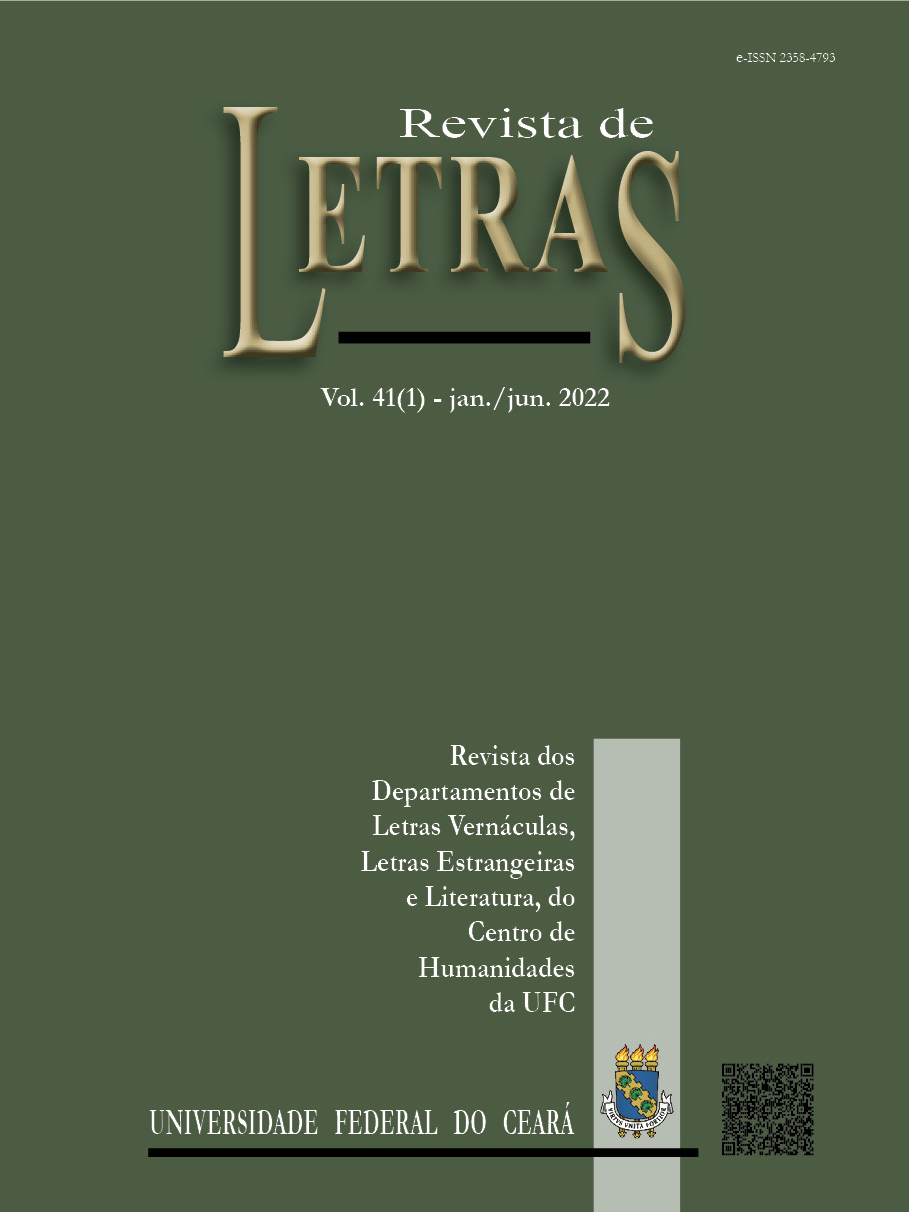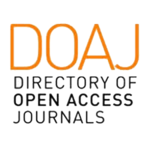QUEM É ESSE TAL DE TERCEIRO, AFINAL?
DOI:
https://doi.org/10.36517/revletras.41.1.1Abstract
This article aims to bring up the discussion about the concept of third party/Third party from different approaches. In this sense, based on a theoretical undertaking in different fields of studies (textual linguistics, discourse studies, argumentation, rhetoric, philosophy, among others.) we suggest a classification that tries to account, at least summarily, of the meaning of the third party. To this end, we divided this work into three moments: a) dialectical perspective, which sees the third party as an indirect allocator, a mediator and an acting role; b) rhetorical perspective, which sees him as a transcendental audience, an arrow directed to a target, a communicational trope and a judge; and, finally, c) logical perspective, which merely deals with the excluded third. The conclusion reached is that there is still a long way to go for us to understand who and what role this third party plays, a fundamental devouring sphinx.
Keywords: Third party. Argumentation. Dialectic. Rhetoric. Logic.
Downloads
Downloads
Published
How to Cite
Issue
Section
License
Autores que publicam nesta revista concordam com os seguintes termos:- Autores mantêm os direitos autorais e concedem à revista o direito de primeira publicação, com o trabalho simultaneamente licenciado sob a Licença Creative Commons Attribution que permite o compartilhamento do trabalho com reconhecimento da autoria e publicação inicial nesta revista.
- Autores têm autorização para assumir contratos adicionais separadamente, para distribuição não-exclusiva da versão do trabalho publicada nesta revista (ex.: publicar em repositório institucional ou como capítulo de livro), com reconhecimento de autoria e publicação inicial nesta revista.
- Autores têm permissão e são estimulados a publicar e distribuir seu trabalho online (ex.: em repositórios institucionais ou na sua página pessoal) a qualquer ponto antes ou durante o processo editorial, já que isso pode gerar alterações produtivas, bem como aumentar o impacto e a citação do trabalho publicado (Veja O Efeito do Acesso Livre).

.png)






.png)
